An unusually beautiful fern, a red bug, is distinguished by the spectacular color of the leaf of the metal gloss with bright reddish-purple veins. The riot of paints, unpretentiousness in care, endurance and general life - key positive qualities of the journey, "favorite" of many landscape designers and flowerflowers. Using the shadowlessness of many years of culture, the jockey on the right "occupied" his, honorable place, among the most popular plants of garden-park landscaping.
Red White Kochnye, Plant Description
- The jockey is to all the famous fern, belonging to the family of the Kokeshniki. The name of the genus is associated with the Old Slavonic definition of a powerful rhizoma of the fern, referred to in those days simply "Kochadg".
- Forests of the northern part of the earth hemisphere are considered the natural range of the proliferation of the jigger. The edge of the Red Beauty is widely distributed not only in his homeland - in China, Japan and Korea, but also in the culture of Russia. Thanks to the unusual color, this type of herbaceous plants in the field of garden gardening is most popular.
- Rhizome at the head of the Red Section is a short and thickened, perfectly worried winter strules.
- Openworks of perennial leaves - unparallers and triangular, are collected in a socket and grow directly from the root. Interesting and especially attractive coloring of the leaves of the variety: Polyonic gray splashes and stains on a beige-silver background with burgunduous-brown burglar curves. The decorativeness of contrasting foliage with a common metal brilliance is extremely attractive and beautiful.
- Especially the effects of the Red Section Reduction in the spring, when the first routines of the leaves appear. They have the kind of elegant curls of purple shade.
- The characteristic feature of all ferns - the seats located on the back of the leaf plate (Wii). Frames are formed only in mature copies of the journey.
- The Nipponian Red Section Kocheznik is a mid-grade, highly decorative fern, reaching a height of no more than 50-60 cm.
- Nipponsky's Kochnik (Fern) Red Beauty refers to the 4th zone of winter hardiness, easily withstanding frosts up to -35 0WITH.
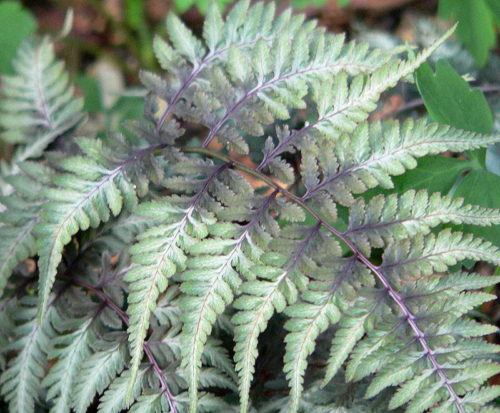
Kochrike Red Beauty, Interesting Facts and Application
- The most ancient representatives of flora, ferns, lived long before the appearance of a person. And although many treasure seekers for the holiday of Ivan Kupala were eager to see the mysterious blossom of a fern, showing the place of the treasure, it turns out that the beautiful perennial is not able to bloom. This is due to an affiliation to the plant to the so-called. Tinerial cultures breeding with dispute.
- Rhizome or "Kochadg" in ancient times was used as a ritual subject. With it, they carried out mystical rites, conspiracies or love spells. After that, the journey was often called the "Witinsky".
- One of the most popular species is a female jacket has long been recognized as a medicinal plant. The root decoction is used as anthelmintic, anti-inflammatory, expectorant or sedative.
- Key destiny of the Red Section Red Square - decorative. The fern looks spectacular in diverse landscapes: rockers, mountaineers, near the tracks, alleys, among the stones or at the walls of the house. Combining with many trees and shrubs, a shadowless jockey is appropriate to plant with cereal, decorative-deciduous (Badan, host, bug) and blooming cultures (snowdrops, stalls, proleski).
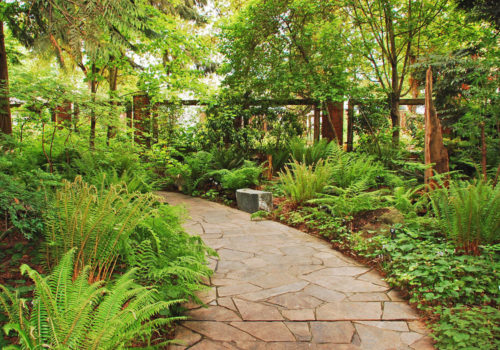
- Often, the red bug is grown as a container plant. Decorative fern leaves are used in the design of bouquets and flower compositions.
- It is advisable to plant a Japanese Red Section to the Japanese Affects with separate accents - Kurtyn. Such a longline will emphasize the magnificence and beauty of perennial.
- The intensity of the color of Wiji Kocheznik begins to manifest only on the 2-3rd year of the life of a herbaceous plant.
- The Red White Daughte does not require frequent transfers and in one place can grow about 15 years.
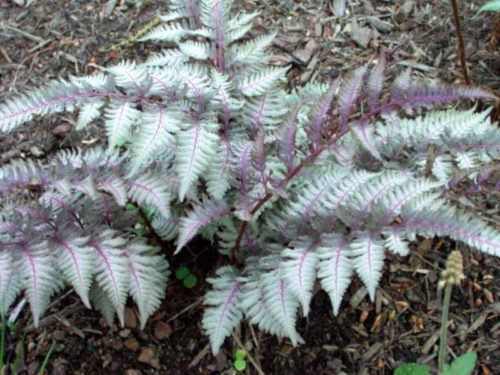
Kochrike Red Beauty, Landing Technology
- Most of the deposit representatives prefer shadow or half. The best landing option is an openwork half. This is explained by the "forest" origin of the fern. An open bright sun inhibits a plant, its growth is suspended, the tips of the decorative foliage begin to push. At the same time, moderate lighting affects the intensity of unusual and valuable reddish shades of the fern. As an option, you can land a perennial near the eastern side of the house, thereby providing periodic moderate lighting of the fern.
- When choosing a place for landing, it is better to avoid open areas, with drafts and frequent impetuous wind. The journey is well caring in lowlands, with a more raw microclimate.
- Time for landing a jacket: Spring or autumn. The average temperature regime of the alleged landing should not be lower than +15 0C. As a rule, this is April-May or September-October, depending on the region and its climatic conditions.
- The soil for the Red School is also chosen to consider its natural gravity conditions and preferences. Wet, acidified and fertile soil is the optimal option for the development of fern.
- The soil hole for the journey is not deeply digging, but spacious, depending on the size of the root system. Rhizome must be fluent in the pit. Organic fertilizers are made to the bottom of the pit, such as manure or wood ash. The organic is thoroughly stirred from the ground, after which the plant is embarking.
- When landing, the root neck of the plant does not plunge. After landing, the bush is abundantly watered with water (under the root) and carry muffling with dry foliage. This technique allows you to preserve the humidity of the soil as long as possible and ensure the most close to the forestry of the fern.
- Near the Red Bewelery shorter, it is not necessary to plant aggressive soil plants (Barwinka, a stamping), as the fern reacts negatively to the divergence of the priority soil.
- The distance between the individual copies of the journey is withstanding about 50 cm, given the further growing of the adult fern curtain.
Coclary Red Beauty, Culture Care
An unpretentious fern practically does not need care, does not require winter shelter and does not suffer from diseases or pests. Simple agrotechnical events, like watering, feeding and mulching will not cause difficulties and will not take much time.
- Watering the moisture fourth should be as needed. Especially important watered in dry hot weather and in the period after planting the plant. The plant reacts positively to sprinkling green mass. The long lack of moisture negatively affects the decorativeness of the jacket foliage: it acquires not a very aesthetic brown shade.
- As the grass grows, the area where the jacket is growing, and loose. The last condition will become optional after the mulching of the priority circle of the journey. A mulch is suitable dry grass, leaves, coniferous needles or compost.
- Fertile soils do not require additional fertilizers. The feeding is important only in the case of a scant depleted composition of the soil. In this case, 1-2 times the entire growing season season is made by complex mineral fertilizers.
- To maintain a spectacular decorative species, in spring or autumn, the Red Section is cut off, that is, completely remove the leaves.
- As for pests, slugs can appear for fern, which should be collected by hand. Preventive molluscular measurement will be the processing of a plant with a solution of metaldehyde.
- The plant-resistant disease is almost them "does not suffer." In rare cases, it is possible to defeat the journery spotting leaves, from which certain fungicides help to get rid of.
- The jockey is a pretty frost-resistant plant, so it is not necessary to specifically cover the plant for the winter. The exception is only young faster seedlings of fern, which in the fall is better to spray dry foliage, and in winter - snow.
Kochrike Red Beauty, Premunition Features
- Ferns are an affordable culture that does not form flowers and, accordingly, seeds. These ancient plants breed with disputes or vegetative way.
- The reproduction of disputes, as a rule, does not allow to preserve the varietal signs of the journey. The fern is able to successfully "give" the Samum. Similar to independent conquest of the area is used while planting parks and squares, creating the effect of pristine and untouchability.
- You can try artificially sow disputes on germination. For this, in the fall, "containers" with disputes are cut together with the leaves and dried on paper in a dark dry place.
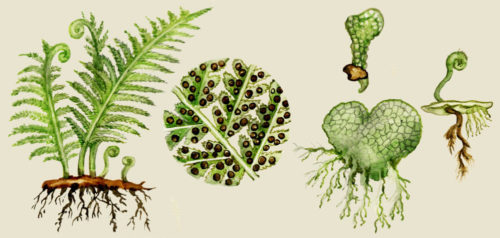
- Sewing disputes on seedlings begin in winter, tentatively at the end of January of the month. Before sowing, the disputes are disinfected about 2 hours in a weak solution of potassium permanganate (manganese), after which they are sown into the container with a seedry.
- Do not deepen disputes should not be sufficiently triggered by sand. As a soil substrate, it is better to take a mixture of peat, leaf land and sand in a 2: 1 ratio, respectively.
- For seating capacities, greenhouse conditions are created, covering them with glass or film. Moisturizing (from the sprayer), heat and ventilation (opening of the film) - the main conditions for successful sprudy germination.
- After 1.5-2 months, seedlings are peeling into separate containers, and after the extension - planted on the proplinated area.
- Vegetative reproduction on the contrary, suggests the complete identification of fern's subsidiaries.
- With a vegetative method of reproduction, it is important to competently divide the rhizome of the fern so that at every cut was at least one renewal kidney. The division of the rhizomes is carried out in early autumn. For this, the plant digs and divide it on full-fledged decene. These decenes are planted in a half-sleep, in shallow (up to 20 cm) pits with an interval between plants 50-60 cm.
Kocheznik Red Beauty, reviews
Many experienced flowerflowers recommend landing a jockey already grown in a container. This will protect buyers from an error and will accurately comply with the request for the edge of the Red Buti Red Square. Identification of the purchased seedling is easy to check on the characteristic color of the leaves of the plant.
Most reviews of people growing a perennial in their plot only confirm the spectacular attractive appearance of the Vayiev of the Fern.
Thus, the Red White Kochnik is a rustling unpretentious plant with original and unusual color of the leaves. This copyright variety is distinguished by the winter hardiness, shadowlessness and moisture-loving qualities.

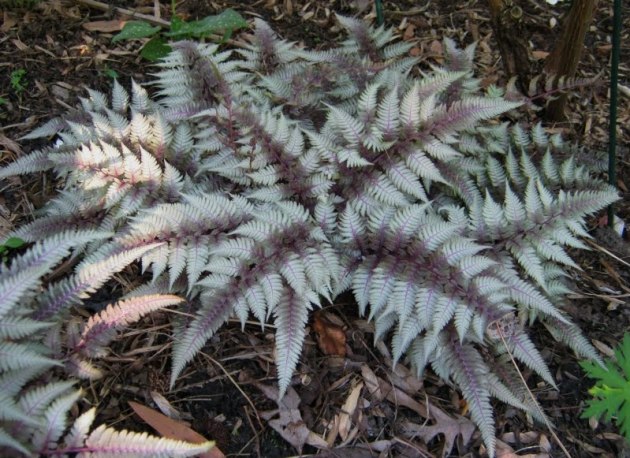



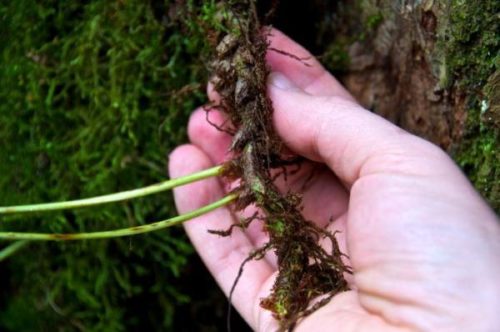
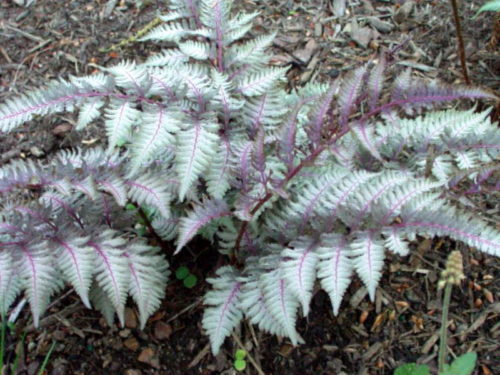

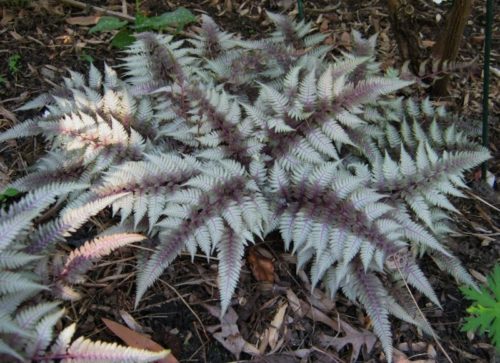
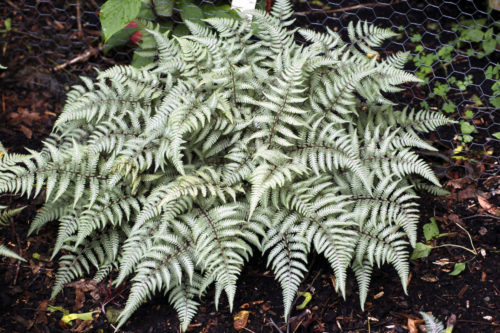













 Start a discussion ...
Start a discussion ...